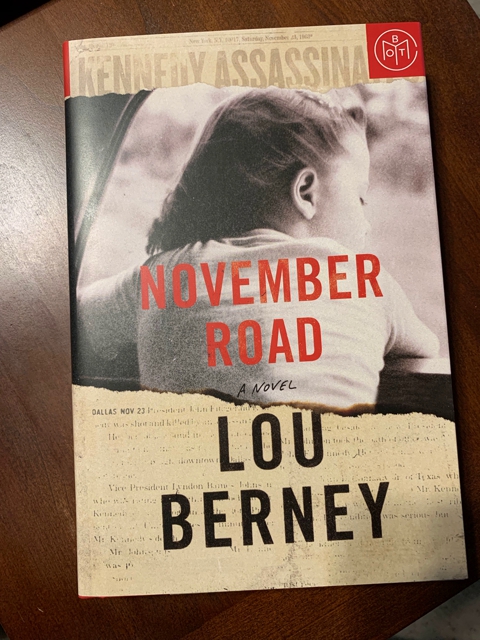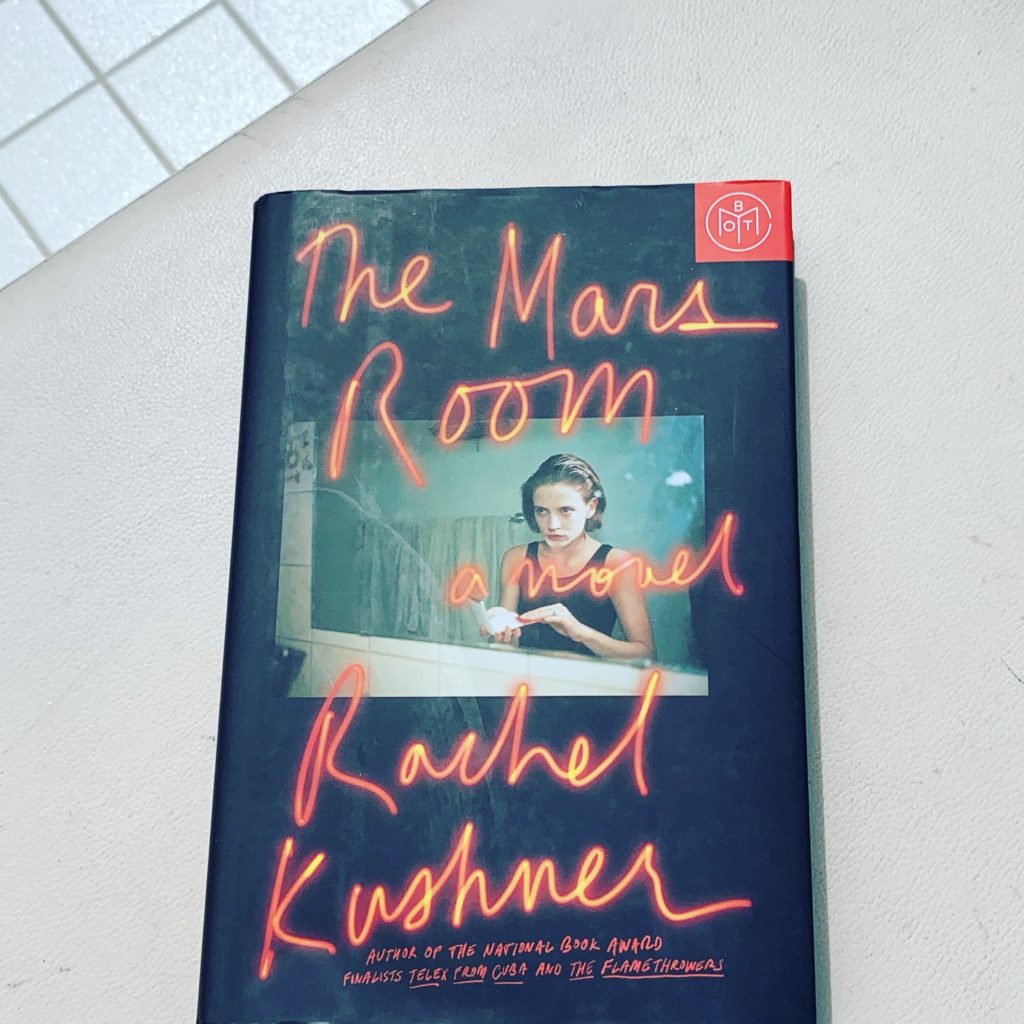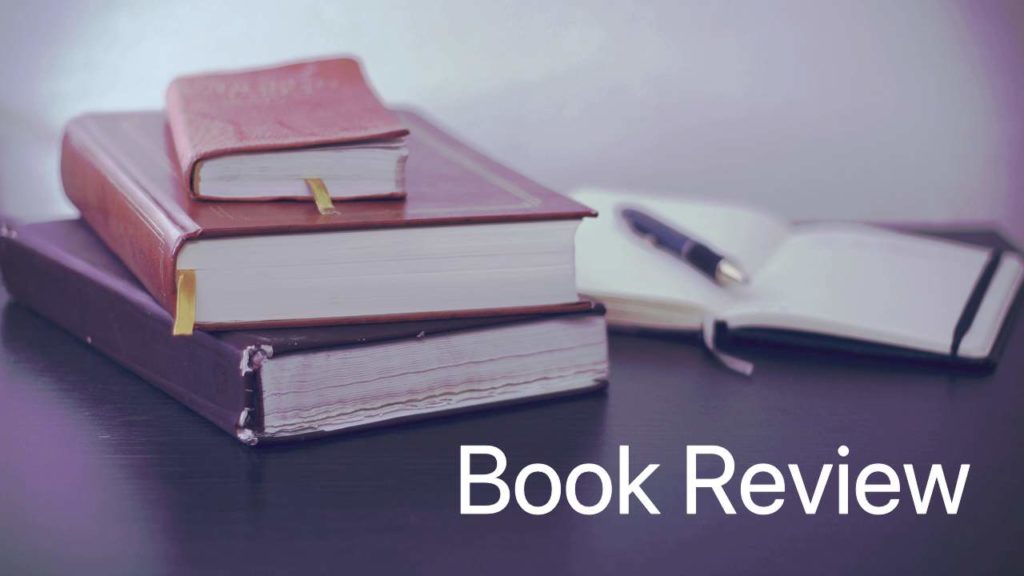Watership Down by Richard Adams

Adams, Richard. Watership Down
© 1972
rpt. Avon, 1975
ISBN 0-38000293-0
If you liked The Lord of the Rings, you’ll probably like this book. Replace Hobbits with rabbits, and you’ve got an archtypical heroic quest.
Forced by the encroachment of people into their warren of Sandleford in England, a small band of rabbits set out in search of a new place to settle. The band includes many of the standard characters of heroic literature: a leader, a seer of visions, a strong hero, a fast messenger, experienced elders, and inexperienced but eager youngsters. During their journey they learn to depend on each other and to appreciate and make use of each member’s unique qualities.
Because seriously attacking my Classics Club list is a big part of my reading plan for 2019, , I’m starting the year with this book from the list. I included Watership Down on my list because my daughter enjoyed reading it when she was in about fourth grade and because many of her contemporaries also love it.
November Road by Lou Berney

Berney, Lou. November Road
William Morrow, 2018
ISBN 978-0-06-266384-9
Recommended
Frank Guidry likes his life: the fancy clothes, the many girls, and all the respect he receives as a mid-level functionary of the most powerful crime boss in New Orleans. He’s as stunned as anyone when President Kennedy is assassinated. Then, when a couple of his associates turn up dead, Frank remembers that he had delivered a get-away car to Dallas a few days before the killing. Frank suddenly realizes that the person behind the assassination is tying up loose ends—and that he himself is also a loose end. Without even stopping off at home, he hits the road to try and outwit and outrun the hit man he’s pretty sure will soon be coming after him.
Meanwhile, in tiny Woodrow, Oklahoma, Charlotte Roy decides she’s finally had it with her drunk of a husband. She packs her two daughters, ages 8 and 9, and the epileptic family dog into the car and heads west. Ostensibly, Charlotte intends to visit a long-lost aunt in Los Angeles, but what she’s really after is more life opportunities for herself and her girls. She manages to keep smiling and encouraging the children, even when their car breaks down in a torrential rain storm.
As Frank Guidry drives past the disabled car and the woman with two kids in the backseat, he realizes that traveling as a man with a family might help him throw his pursuer, who’d be looking for a man traveling alone, off the scent. What he isn’t prepared for is what happens after he manages to hook up with Charlotte and her daughters.
Every character in this novel is well and completely drawn, even the two children. It’s these characters that give such force to this novel about taking chances, making decisions, and taking responsibility for the consequences of those decisions.
The Mars Room by Rachel Kushner

Kushner, Rachel. The Mars Room
Scribner, 2018
ISBN 978-1-4767-5655-4
Recommended
As the novel opens, we meet Romy Leslie Hall, inmate W314159, a prisoner on her way to begin serving her sentence of two consecutive life sentences plus six years at Stanville Women’s Correctional Facility in northern California.
Romy was born into the world of poverty, sexual abuse, drug addiction, and lack of opportunities of San Francisco’s Tenderloin district. She grew up on the streets and in the back of buses. She has spent much of her life “hustling my income as a lap dancer at the Mars Room on Market Street.”
Two years ago, when she was 27, a customer in his mid 50s—Kurt Kennedy, whom she calls Creep Kennedy—began stalking her. Unable to get help in dealing with Kennedy, she finally fled to Los Angeles with her 5-year-old son to start over. But when she found Kennedy on the front porch one night when she came home from work, she knew she’d have to take care of the problem herself.
The novel focuses on the impersonal, uncaring world of the justice system and the prison system that swallows up people like Romy. A sense of detachment pervades the action, even Romy’s descriptions of her own life—a life that has taught her that she has no options, no alternatives, no opportunities for anything different.
The disjointed nature of the narrative reflects Romy’s life. Parts of the novel unfold in the manner of what, in nonfiction, is called a braided essay: short sections separated by dividing lines, each section providing a small chunk of information. It’s up to the reader to put all the pieces together, to assemble a mosaic of imagistic truth about society’s invisible people like Romy.
In [Rachel] Kushner’s view, the value of fiction is its ability to wrap reality in a “mythical envelope,” a shroud of meaning-making that can produce stories that are truer than truth.
Dana Goodyear, “Rachel Kushner’s Immersive Fiction”
I recommend this novel for its gritty telling of social truth, though I admit it won’t be right for everybody.
No Exit by Taylor Adams
Adams, Taylor. No Exit
William Morrow, 2019
ISBN 978-0-06-287565-5
As she’s rushing to Utah to see her dying mother, Darby Thorne gets caught in a blizzard in the mountains of Colorado. When the highway becomes impassable, she pulls into a rest stop to wait out the storm and finds four other people already inside the building. When she goes outside to try to find a cell signal, she discovers a little girl locked in a cage inside a van in the parking lot. Who is holding the girl prisoner? And how can Darby get both the girl and herself out alive?
This story is an example of the country-house mystery (the form perfected by Agatha Christie), which is itself a variant of the locked-room mystery. Another name for this type of story is the closed-circle mystery because the situation is set up so that no new characters can arrive and none of the assembled characters can leave; the guilty party must therefore be one of these characters.
“The story must show you everything you need to solve the central question upfront,” says Taylor Adams. “A single setting, a few characters, a handful of props, all established early, so you feel the author is playing fair. No new locations, scene changes, or unreliable narrators. Instead of zooming out and broadening in scale and action, as many stories do, a locked-room mystery zooms in and reveals new intricacies of what has already been introduced.”
Taylor Adams, quoted in “Move Over, Lady Psychopaths: The Locked-Room Mystery Is Back”
Taylor Adams understands the challenges of writing a closed-circle mystery, but he doesn’t quite overcome those challenges in this book. I have two problems with the story.
First, Darby decides she must determine which of the people inside the rest stop is the villain holding the girl captive. She finally decides to confide in one of those strangers, an action that produces all kinds of consequences. However, instead of taking such a chance, all she had to do was wait. It’s reasonable to conclude that whoever is holding the girl wants her alive; otherwise the girl would already be dead. In order to keep the girl alive in the blizzard, the captor would have to go outside periodically to run the vehicle for a while to keep the girl from freezing to death. All Darby had to do was wait to see who finds some excuse to go out and start the van. Then she’d know who she was up against and could ask the others for help.
Second, the heroic physical action Darby performs not once, but twice would require an Olympic-level gymnast.
For both of these reasons, No Exit doesn’t work for me.
Transcription by Kate Atkinson
Atkinson, Kate. Transcription
Little, Brown, 2018
ISBN 978-0-316-17663-7
Recommended
They say our entire life flashes in front of our eyes in just a few seconds when we face a life-threatening situation. In Kate Atkinson’s latest novel, Transcription, that’s exactly what happens to the lead character, Juliet Armstrong.
The novel opens, in 1981, with the 60-year-old Juliet attended to by paramedics after she’s hit by a car. After that short introductory section, we see Juliet’s life unfold before our eyes as the narrative retreats into the 1940s, when Juliet worked for MI 5 during the war, and 1950s, when she worked at the BBC after the war.
Raised by a single mother, 17-year-old Juliet was devastated by the death of her mother. She attends a second-rate secretarial school and, soon after graduating at age 18, interviews for a job with the Security Service.
She fingered the strand of [her mother’s] pearls at her neck. Inside each pearl there was a little piece of grit. That was the true self of the pearl, wasn’t it? The beauty of the pearl was just the poor oyster trying to protect itself. From the grit. From the truth. (p. 20)
She gets the job and is soon recruited by MI 5 to participate in a special intelligence operation by transcribing interviews between one of their agents and British Fascist sympathizers. Gradually she gets drawn more deeply into the world of British espionage.
With her characteristic wit and humor (sometimes a bit too much of both), Atkinson creates a character we become invested in while simultaneously holding at arm’s length. Juliet’s life work frames her search for identity, for “the true self,” a search that the reader shares with her.
Give Me Your Hand by Megan Abbott
Abbott, Megan. Give Me Your Hand
text ©2018
Hachette Audio, 2018
Narrated by Chloe Cannon
I hate it when people begin book reviews with “I liked [or didn’t like] this book,” so please forgive me, but I didn’t like this book. I REALLY didn’t like it.
Two women who knew one another for a while during high school come head-to-head about 10 years later when they compete for assignment to the study team of their mentor, a famous woman scientist whose example had inspired them to pursue careers in science. Back in high school girl A had told girl B a terrible secret. Horrified, girl B had broken off their friendship and assumed she’d never have to deal with girl A again. Their unexpected reunion sparks much resentment and breast-beating soul searching in girl B.
The scientific study in question concerns premenstrual dysphoric disorder (PMDD). The novel soon develops into a full-blown melodrama, with blood becoming a heavy-handed, overall symbol for just about every bad thing that happens. (And of course you know that bad things must happen.) Characterization is flat and just as stereotypical as the association between women and blood would suggest. The men who also work at the lab suffer from the same fate of flat characterization, first as men and secondly as geeks or nerds jealous of any rewards women might garner. The book ends with a blatant suggestion that psychopathy is related to parenting, particularly with mothers raising daughters.
I usually try to emphasize what works for me over what doesn’t work in a novel, but in this novel I find no redeeming features. Megan Abbott receives a lot of general praise, so I hope her next novel will be better than this one.
© 2019 by Mary Daniels Brown

